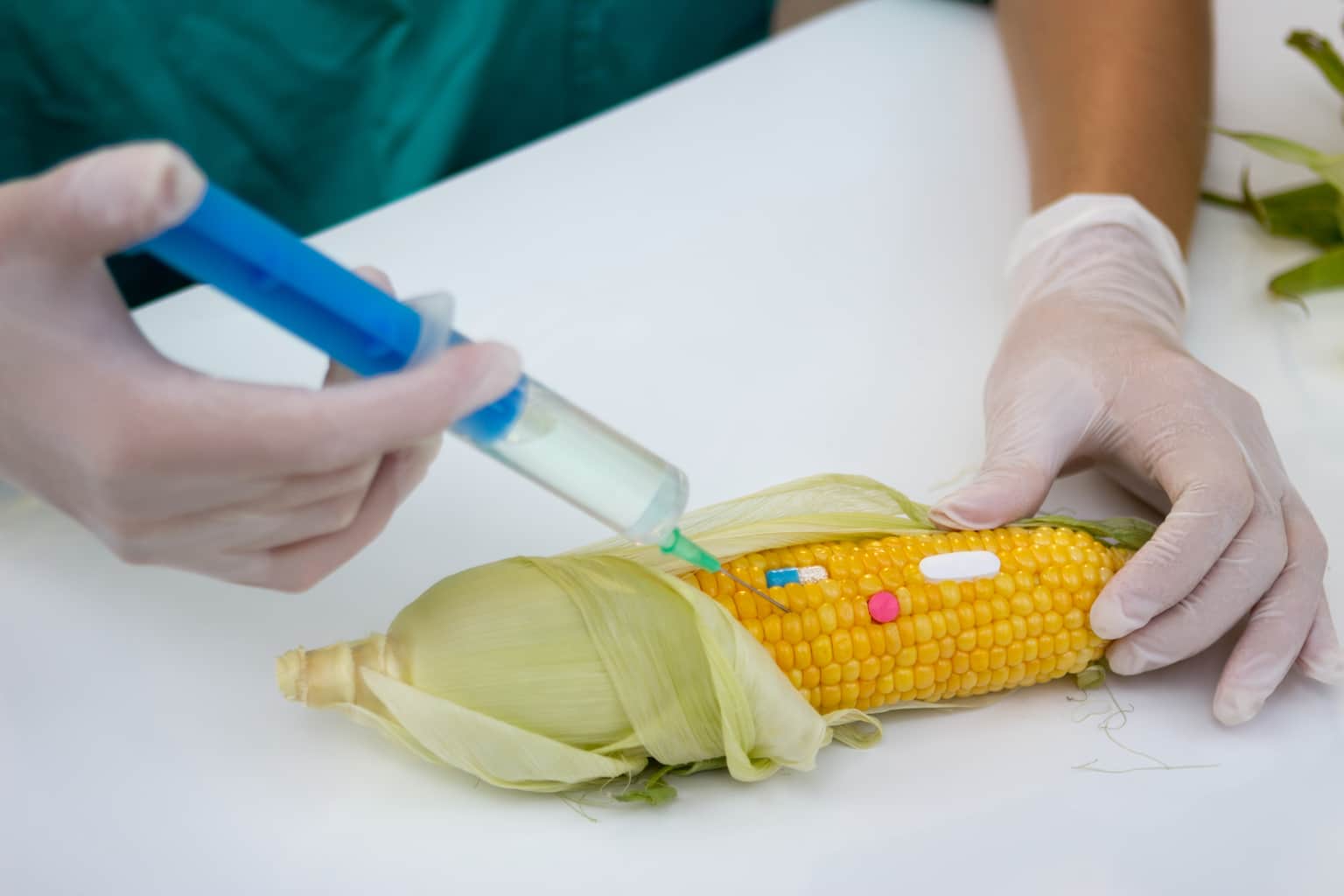
[cmamad id=”10587″ align=”center” tabid=”display-desktop” mobid=”display-desktop” stg=””]
The use of genetically-modified corn has been approved in the US since 1996.
Since then, its use has risen to account for nearly all of the corn grown in the United States (~92%).
So, if you’ve had tortillas or corn chips since Bill Clinton’s second term, you’ve probably eaten this stuff.
But do GMOs affect your health like so many people think?
Yes, they do. And what GMOs do to your body can cause permanent harm. In fact, the effects of eating GMO foods are well-documented.
And dDespite numerous negative animal safety studies and general public disapproval, Monsanto has been able to keep this on the US market.
Monsanto had, after all, have the Deputy Commissioner of the FDA (Michael R. Taylor) as a Vice President for four years.
A recent study validates the concerns of the general public.
And it illustrates why seven European countries banned it.

The rats were fed identical diets, except that one group had their corn replaced with MON-810 corn (30%).
[cmamad id=”10588″ align=”center” tabid=”display-desktop” mobid=”display-desktop” stg=””]
After 90 days, the rats were sliced and fixed for electron microscopy and light microscopy.

The authors reported differences such as distortion, shortening, and flattening of intestinal villi.
They also noticed fusion of the villi.
They saw increased numbers of goblet cells — these are the cells that produce mucus.
This is a sign of irritation. Irritating substances increase mucus production.
While researchers knew about kidney and liver problems, the findings of intestinal irritation are new.
So, we’ve added to the list of problems with GMO crosp.
Previous studies on this GM corn variety mainly concentrated on liver and kidney toxicity.
Kılıc (2007), El-Shamei (2012), Oraby (2013), and Obdo (2014) all showed morphologic liver and kidney changes.
In the current work, focal structural changes including distortion, shortening, flattening and fusion of some jejunal villi were observed in GM-corn fed group.
They also noticed fissure on electron microscopy in the MON-810 group.

All these abnormalities could cause leaky gut and are perhaps why researchers found liver and kidney changes in the previous studies.
Leaky gut leads to bacterial endotoxins overflowing to the liver.
In fact, this corn is genetically-modified to produce its own endotoxin.
Scientists incorporate a DNA fragment producing a delta endotoxin (Cry1Ab) into the plant’s genome.
They also attach some DNA conferring glyphosate resistance.
This keeps pesticides from killing the corn.
So not only do you have the genetic differences to worry about, this corn is unusually heavy in glyphosate residues too.
The Cry1Ab protein (the δ-endotoxin) comes from the bacteria Bacillus thuringiensis (Bt).
And research shows that it survives digestion in pigs.
GM-corn has profoundly altered the histological structure of the jejunal mucosa at many levels and revealed several alarming signs.

The authors also measured a protein called proliferating cell nuclear antigen (PCNA) in the rat’s intestinal cells.
PCNA is a protein that helps copy DNA and only exists in high numbers in replicating cells.

This PCNA has been used as a cancer marker and correlates strongly with other cancer markers.
It is a reliable and theoretically-sound index of cell replication and precancerous growth.
On the other hand, sections from GM-corn fed group showed an apparent increase in the number of PCNA immunopositive epithelial cells lining the crypts.
The rat’s intestines were producing more mucus and the cells were replicating faster than the controls.

The now famous GMO scientist Àrpàd Pusztai also showed increased intestinal cell growth, with GM potatoes.
Séralini showed that GM corn caused more cancer in rats.
I would like to think that organic corn was safe. But in 2001 Da Quist from Berkeley showed genetic contamination (10%) in Mexico, a country that had banned GM corn at the time.
And that was 16 years ago.
But the seeds of organic corn growers undergo genetic testing before planting every year.
So any contamination of organic corn is likely to be small.
Corn is definitely something where it’s worth paying a little extra for organic, should you decide to eat any.

http://www.sciencedirect.com/science/article/pii/S0940299316302056
Proliferating Cell Nuclear Antigen Expression Normal, Preneoplastic, and Neoplastic Colonic Epithelium of the Rat
http://www.gastrojournal.org/article/0016-5085(92)91109-H/pdf
Feeding Study with Bt Corn (MON810: Ajeeb YG) on Rats: Biochemical Analysis and Liver Histopathology
http://file.scirp.org/pdf/FNS_2014012016172112.pdf

Leave a Reply